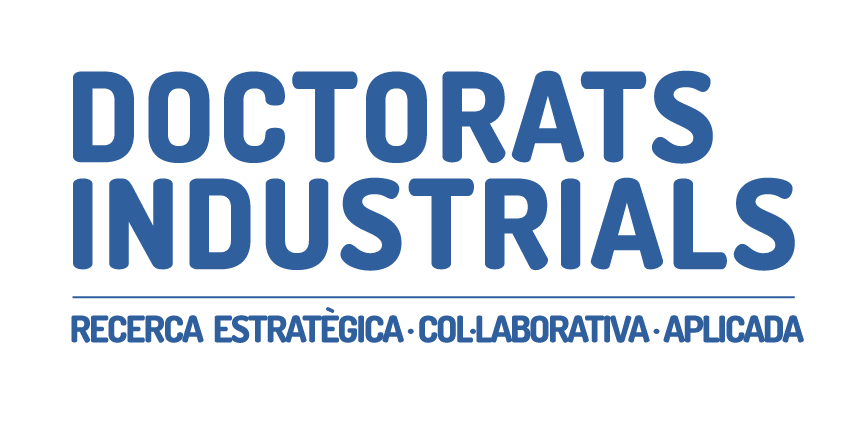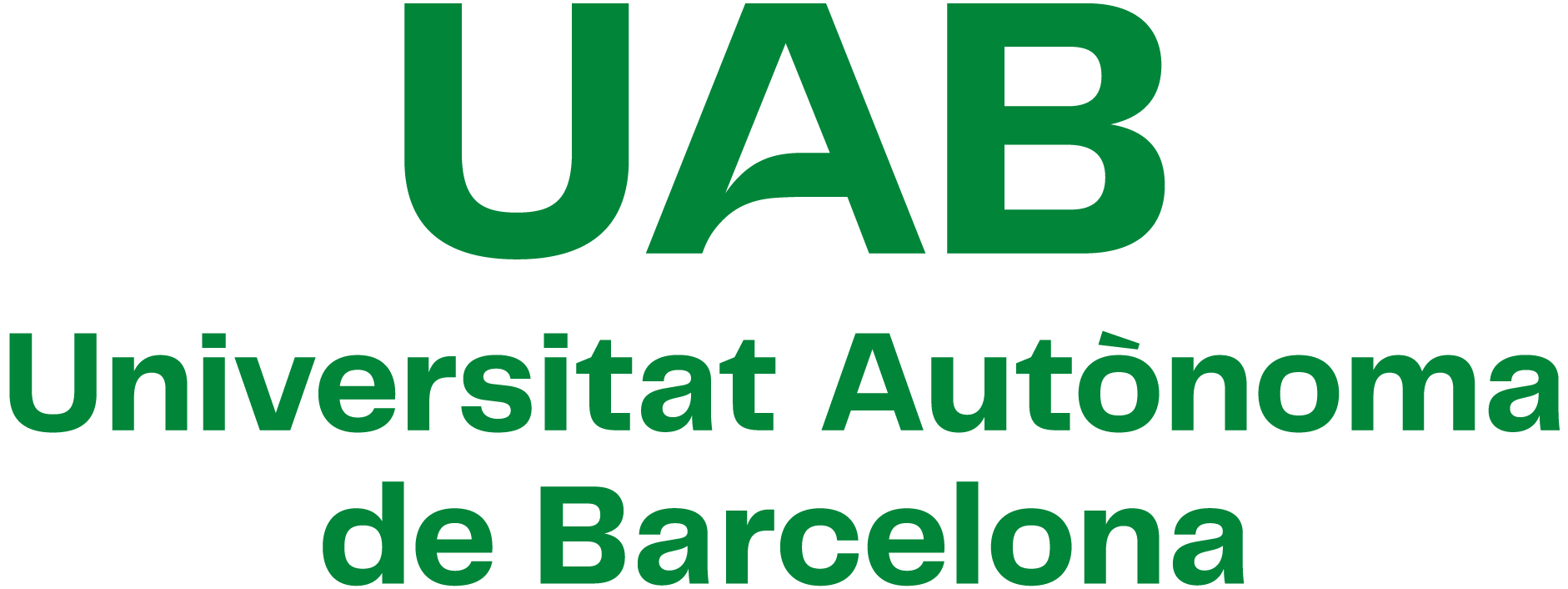Descripció del projecte
Sterilization is a key technology not just within the Pharmaceutical industry but also in the Hospitals, Food or Research & Laboratory environment. Throughout this process a very high level of decontamination (99,9999% of microorganisms removal) is achieved in the subject system or equipment.
Historically, the sterilization was reached using high temperatures (121ºC or 150ºC) and the use of water vapour. This process is still in use due to its robustness and the possibility to sterilize large amount of products in one single operation. Also, Ethylene Oxide was used when the containers, trays or any means to allocate the product are not meant to withstand high temperatures. However, both technologies have significant drawbacks when talking about safe, efficient and continuous processes.
The cold sterilization technologies (CST) aimed, in the very first term, to cover a gap where the mentioned technologies were not able to be applied. For instance: Isolators (STI that ensure a decontaminated area where the operator can unload a certain vial and check its correct status), Clean Rooms decontamination, Research cabinets decontamination, Loading and Unloading Automatic Systems etc.
As the CST progressed more and more applications are found to be better covered by the CST than with the conventional sterilization techniques.
Sterilization is a core technology in Telstar being not just user but also manufacturer of both conventional and CST systems. Nowadays, and after up to three years of research, the Hydrogen Peroxide technology is under study. Also alternative CST such as Ozone or NOx are pending to be analyzed.
Anyhow, the main goals of the research project should be:
– Understanding of the physical chemistry behind the generation and control of any gaseous compound under the sterilization processes (O3, NOx or H2O2)
– Development of a robust sterilization cycle assesing both process and microbiology characteristics
– Analysis of industrial appliance of the developed cycle onto sterilization conventional processes. Find an innovative CST that may substitute ETO/High Tª in the Pharma Industry.
Finally, and as an ambitious outcome of the Research project, a Simulation Tool could be developed. Nowadays, an empirical methodology is applied in every cycle development. If properly assesed a very potent and largely applied tool could be created.
As mentioned before, this project would be enclosed in an industrial R&D project financed by Azbil group. This fact makes this project a strategic work that would be closely followed by the Technology Corporate department and with a high level of documentation. Nowadays the project team is formed by three people and it is expected to be enlarged if the technology is finally applied.



